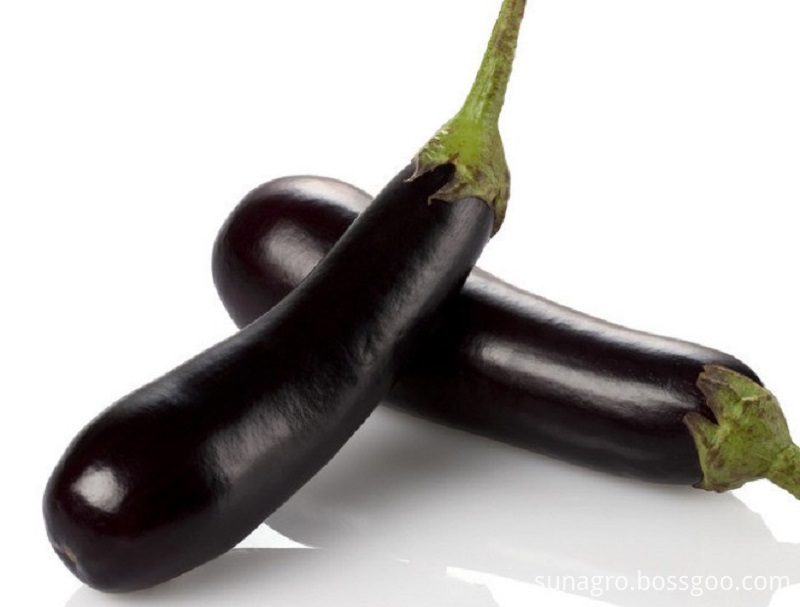1. Build a stand: Insert a 2.5-meter-long bamboo raft every 1m on both sides of the planting raft, four tied together in a “m†shape, and use a No. 8 wire cross-pull at the intersection of the bamboo poles 1.8m above the ground. A horizontal rope connects the "m" frame on the pole. Then use a nylon rope to horizontally pull a horizontal rope 1.2 meters above the ground. In order to increase the ability to resist wind and rain, a two-meter-high, 6-8-cm-thick wood pillar or a 7-cm-long, 8-cm-wide, and 2-cm-high concrete reinforcement bar can be erected on each end of each pole (50-60 meters long). Pieces are used as columns, a horizontal rope is tied to the column at the highest point, and the column can be used for many years.
Second, the vine vine finishing: When the seedling height 20 cm began to lead the vine, the main vine lead to the following horizontal rope, so that melon vines along the rope growth, the separation of sub-vine vines, Sun vines on the following horizontal rope or to Above a horizontal rope climbs and grows. All lateral vines below the first female flower were removed, and the vines were immediately introduced and bound. The side vines were not removed after they were on the shelves. During the fruit period, some old leaves, diseased leaves and some small side vines were cut off, and too many male flowers and tendrils were removed to facilitate ventilation and lightening and reduce nutrient consumption. In the middle and late period of fruiting, in early August, half of the flowering strains should also be removed. Every other plant cuts off from the roots to stop the growth of the plant, ensuring the ventilation and light transmission in the field, and has no effect on the yield.
Third, artificial pollination: In April, when the temperature was too low, or when the temperature was too high during the July-August period, it was easy to form a large, small, tapered melon, a curved melon, a tummy, and a lot of melons. Taking artificial pollination increased the number of melons. Rate, reduce the cone melon and other deformed melons, basically guarantee that the results melon straight, fast growth. Specific approach: Select the female flower that is open on the day before 8:00 every day, go to the petal, expose the anther, and touch the head of the female flower.
Fourth, top-dressing management: Narrow-neck stand cultivation of sponge gourd plants grow faster, fertilizer should be timely, after the slow seedlings with urea urea 7.5-10 kg top dressing. One month after planting, it began to produce melons. After 5-6 melons were harvested, 13.2-15 kg of compound fertilizer was applied per acre. In the middle period of the results, in mid-July and mid-July, 150 kg of cake fertilizer and 40-50 kg of ternary compound fertilizer were applied per acre, and acupoints were applied 30-50 cm away from the main vine. In late August, urea applied 15 kilograms per acupuncture point, a total of 2 times, to prevent the fat loss of loofah premature aging.
Fifth, pest and disease prevention and control: Narrow-neck stand cultivation of loofah pests and diseases is relatively small, the local pests and diseases are mainly viral diseases and aphids, melons. 20% virus A (morpholinium chloride? copper) wettable powder 500 times liquid + cytokinin (Van Shuai No.1, common name 0.0001% hydroxyl adenine ene adenine WP) 400 times liquid, or 2% of Ning Nanmycin water spray 200-300 times, to reduce the symptoms. The early stage locust (aphid) is treated with 10% imidacloprid WP 1500-5000 times, and the middle quail is treated with 1% MWV 2500-3000 times, generally controlled every 7-10 days. Prevention 3-4 times. Note that A-dimensional salt should be applied from 16:00 to 17:00 to ensure efficacy.
Eggplant is also rich in nutrients, including protein, fat, carbohydrates, vitamins and calcium, phosphorus, iron and other nutrients.Especially high levels of vitamin P.It contains 750 milligrams of vitamin P per 100 grams, more than many fruits and vegetables.Vitamin P can keep hemal wall elasticity and the physiological function, prevent hardening and rupture, so often eat eggplant, contribute to the prevention and treatment of hypertension, coronary heart disease, by the way, we also provide potatoes, carrots, cabbage, red star apple, fresh red Fuji, fresh fruit, crown pear Fresh Sweet Snow Pear, fresh broccoli, eggplant, fresh new potatoes and Garlic, garlic, Ginger, welcome your order.

Fresh Eggplant,Fresh Black Eggplant,Varieties Fresh Eggplant,Fresh Organic Eggplant
Jining Sunagro Trade Co., Ltd. , http://www.sunagro-food.com